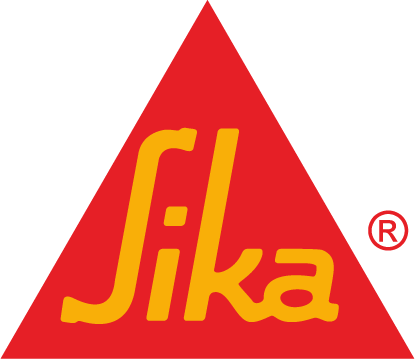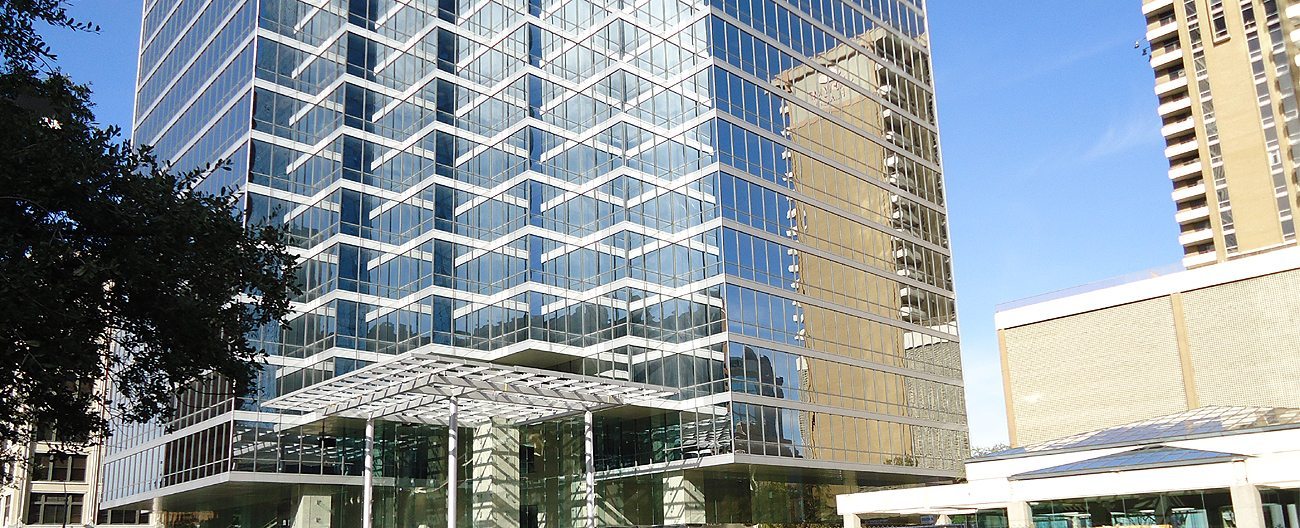What is the difference between control joint and expansion joint?
In building materials, a control joint is used to control cracking while an expansion joint is designed to handle structural movement. Control joints are used to relieve stress induced by small amounts of movement caused by shrinkage during curing or small expansion and contraction movements as the result of absorption and expulsion of moisture in concrete or masonry (brick, CMU, etc). By contrast, an expansion joint is intentionally sized and designed to separate building elements and accommodate, sometimes very large, expected movements in the building materials it separates.
A control joint can be formed during placement of the building material or cut after the material is placed. A saw-cut control joint in concrete can be made just at the surface about ½” (12mm) deep in order to induce cracking in a controlled manner. In the absence of the saw cut control joint the concrete would crack randomly (spider-cracking).
By contrast, an expansion joint (or movement joint) is sized and formed at a width prescribed by the building design team and sealed and bridged later by an expansion joint system. The expansion joint system will be chosen to perform any or all of the functions of waterproofing, fire-rating, handling thermal, seismic and other movements, and supporting traffic ranging from pedestrians, to vehicles, to high-point-load rolling equipment.
Control joints can be isolated within the plane being treated (brick facades, concrete sidewalks) while expansion joints must bisect the entire structure thereby creating a gap throughout all of the building elements—foundation, walls, curtainwalls, plaza decks, parking decks, floors, and roof. Consequently, it is necessary for the building to perform to have the function of each building element restored at the expansion joint opening by a purpose-designed expansion joint system.



